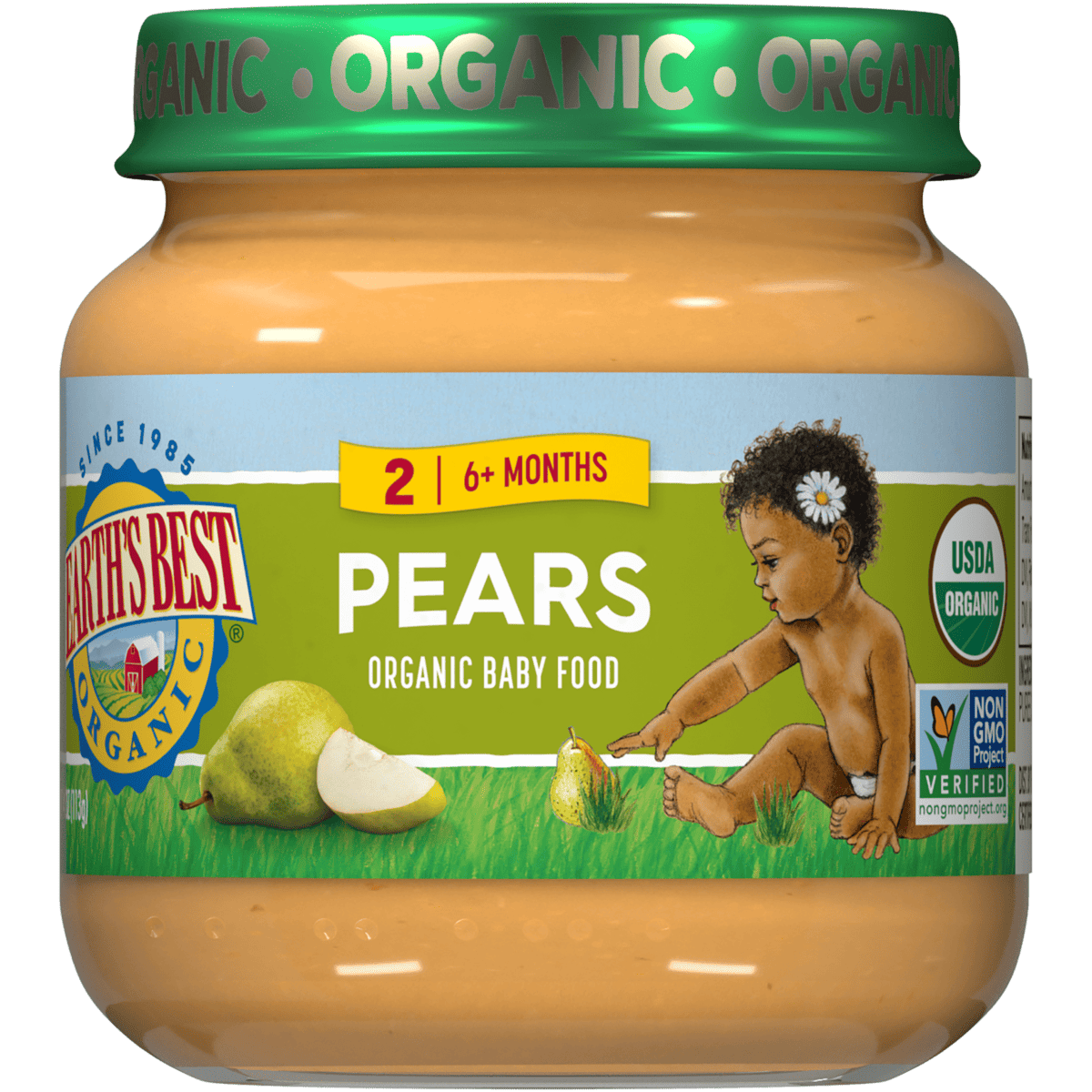Welcome to the Delightful World of Baby Food! ??
Hello all you amazing moms and dads out there! Are you ready to guide your precious little one on their first taste adventure? As your baby grows, their nutritional needs evolve, and it’s time to introduce them to the wonderful world of solid food. But don’t fret, for we’ve whipped up this handy-dandy guide to make starting solids as smooth as pureed applesauce for your bundle of joy!
When to Start Solids ?
The American Academy of Pediatrics recommends that you should consider starting your baby on solids around 6 months of age. Every child is unique, and some may show signs they’re ready a bit earlier or later. Keep an eye out for cues such as sitting up with minimal support, showing curiosity towards what you’re eating, and the ability to reject food by turning away. These are telltale signs that your baby might be ready to embark on their culinary journey!
First Foods to Introduce ?
Start with single-ingredient foods that are low on the allergy scale and easy to digest, like:
- Iron-fortified cereal (rice or oatmeal)
- Pureed fruits (apples, pears, bananas)
- Pureed vegetables (sweet potatoes, carrots, peas)
- Pureed meat (chicken, turkey, beef)
Remember to introduce one new food at a time and wait 3-5 days before trying another, to spot any allergic reactions or sensitivities.
Textures and Consistency ??
It’s a bit like Goldilocks trying to find the perfect porridge – baby food should be just right! Initially, go for a smooth, runny consistency easy for your baby to swallow. Gradually, you can thicken the texture and add soft lumps as your baby becomes a more experienced eater. This gradual progression will help your baby learn how to chew and swallow more complex textures over time.
Homemade vs. Store-Bought ??
Choosing between whipping up a fresh batch of purees at home or grabbing pre-made food off the shelf is a matter of personal preference, convenience, and sometimes affordability. Homemade baby food can be economical and lets you have total control over ingredients, while store-bought options are quick and often fortified with necessary nutrients. Both are excellent choices – it’s about what works best for your family!
Commence this fulfilling journey with us as we serve up all you need to know about baby food stages, nutrient requirements, allergy guidance, recipe ideas, and even how to deal with picky eaters. Feeding your baby should be a joyful and loving experience – so let’s make it just that, sprinkled with lots of fun and giggles along the way!

5 Things Parents Should Know in Preparing for Baby Food
As we continue our tour through the land of baby food, there are a few important morsels of wisdom that every parent should keep in their pantry of knowledge. Here are five key things to be aware of when preparing to introduce your little one to solid foods:
1. Nutritional Needs are a Top Priority ??
Your baby’s first foods are more than just a new taste experience; they’re building blocks for their growth and development. Iron, zinc, vitamin C, and essential fatty acids are particularly important. Start with iron-rich foods like iron-fortified cereal or pureed meats, and pair them with vitamin C-rich fruits and vegetables to help with absorption.
2. Safe Food Preparation is Crucial ??
Keeping it clean is not just a catchy phrase—it’s a must when it comes to preparing baby food. Always wash your hands before handling food and ensure all utensils, cutting boards, and countertops are clean. Cook foods thoroughly, and when using fresh produce, wash it under running water to remove any lingering dirt or bacteria.
3. Introduce Allergens with Care ?
Common allergens include eggs, peanuts, tree nuts, dairy, soy, wheat, fish, and shellfish. Recent guidelines suggest introducing allergenic foods early, as this might decrease the risk of developing food allergies. However, when you introduce these foods, do so one at a time and observe your baby closely for any adverse reactions.
4. Balance Variety with Consistency ??
Introducing a range of flavors and textures early on can pave the way for a less picky palate. However, consistency is just as important as variety. Stick to a consistent feeding schedule and make mealtimes a regular, calm experience for your baby to help them establish healthy eating habits.
5. Trust Your Baby’s Signals ??
Babies are great communicators, especially when it comes to feeding. They’ll let you know when they’re hungry and when they’ve had enough. Look for cues like reaching for food or turning their head away and respect these signals. Overriding their natural appetite cues can lead to overeating or fussiness with food.
Armed with this knowledge, you’re all set to navigate the baby food aisles and your kitchen with confidence and joy. Remember, each baby is different, and your journey with starting solids will be unique. Enjoy the process, take plenty of adorable food-face photos, and trust that you’re providing your baby with a great start to a lifetime of healthy eating. Happy feeding!
For more great articles please see here. For more information see here
Disclaimer
The articles available via our website provide general information only and we strongly urge readers to exercise caution and conduct their own thorough research and fact-checking. The information presented should not be taken as absolute truth, and, to the maximum extent permitted by law, we will not be held liable for any inaccuracies or errors in the content. It is essential for individuals to independently verify and validate the information before making any decisions or taking any actions based on the articles.




